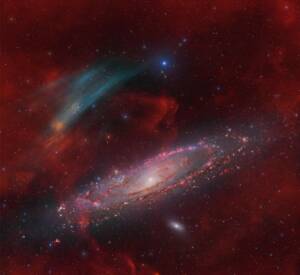
Discovery of the M31 [OIII] emission arc
Recently, a major discovery by an international team of amateur astronomers and scientists has become a huge online hit, and this new discovery is just located in one of the
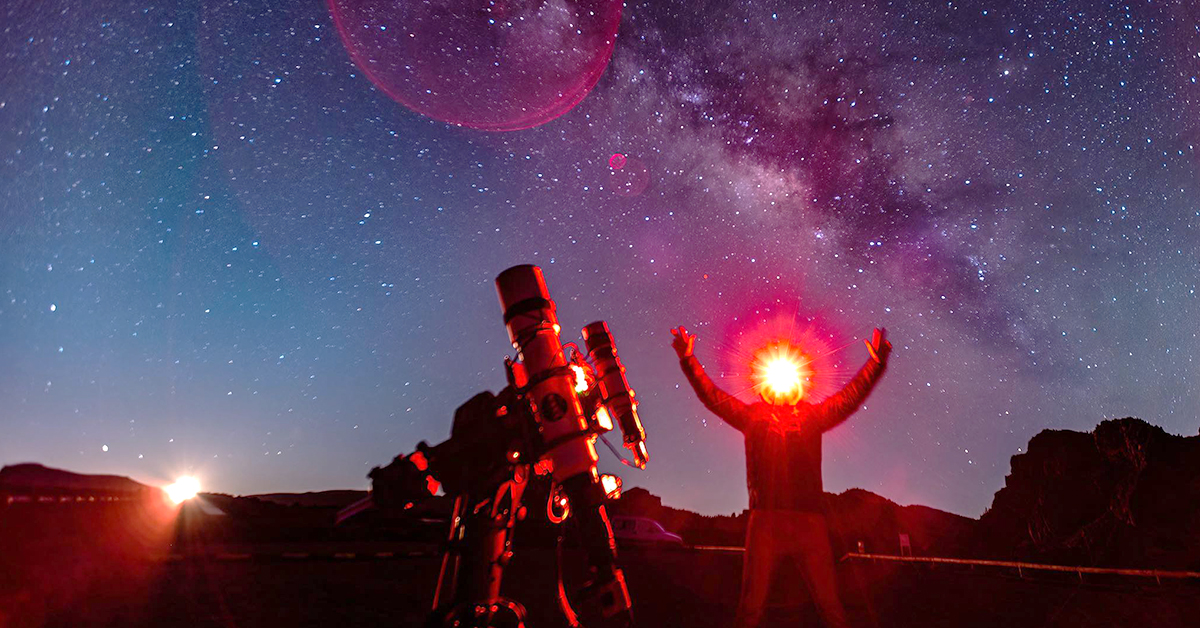
Hi, thank you. My name is Ernest Brendel. I have been addicted to photography my whole life. Last six years I have lived in Tenerife, Canary Islands where I moved from Lithuania with my wife Olga and two of our children. Here I raised my love for Astrophotography. Also, I have another hobby that is very important to me – Windsurfing.
Photography is my hobby already for more than 30 years. I worked a lot on improving my knowledge and skills in Landscapes and Portraits, studied composition and light and how to deliver my mood into my photo works.
After moving to Tenerife, my first experience was taking photos of the Milky Way. The night sky of Tenerife is really dark and you can enjoy the beauty of the Night Sky.
Then I started to study more advanced techniques of capturing the Milky Way by using my first Mount Skywatcher Star Adventure and camera Canon 1Dx with lenses 70-200 mm and 16-35 mm.
So I was taken over by the Night Sky and wondered to look deeper into the space.
Since I was a boy, I was excited by sci-fi movies about space and was always charmed by the Night Sky and the Stars.
At the moment, Astrophotography takes an important place among my hobbies.
Technical progress let guys addicted to astrophotos. Capturing amazing pictures from the Earth is wonderful.
I have never used telescopes for observing the sky. My first observation was made by using Canon lens 400 mm to watch and capture the Moon.
After moving to Tenerife and my first successful picture of the Milky Way I bought my first small telescope SpaceCat from Williams Optics.
Using an ordinary camera Canon RA, I made my first Deep Sky photo of Lagoon Nebula. When I looked at the preview on the camera, I was so excited and almost cried.
At the moment I use the Mount EQ8R Pro. I used the Mount EQ6R Pro previously and it is no longer available for the photo because I changed it in order to move forward and have a more heavy and powerful Equatorial Mount.
All the rest of the gear on this photo is the same I used to take the photos that won ASIWEEK.
Every astrophotographer will tell you – planning is everything.
Everything begins with a plan. The Needle galaxy was a part of my plan for the galaxy season. As long as the galaxy is in a horizontal position towards us, it was the last galaxy I captured.
So, I could spend a lot of time working on the details.
As I use an incredible Monochrome camera from ZWO, I have to collect a lot of information for each channel and use it in further integration.
As it is my favorite hobby, I can afford everything, like not being hasty, and collecting the information for a long time though it is painstaking.
So as a result I can get an amazing image because its integration used the best data. For some galaxies, I spent 3 months of work getting qualitative data.
Maybe that is why my image of the Needle galaxy was highly appreciated on social networks.
Almost the same work was done with the Heart nebula which I called Islands of Heart. It was planned and highly performed work at every step.
Gathering information for Ha, O3, and SII channels was very special. The quality of every exposure was maximally detailed.
I think it is very individual.
For some guys who take the EQ8R out of the garage is pretty challenging. For some people who have a backyard, everything becomes very simple in general.
In the Canary Islands, I have Dark sky that is evaluated as Bottle 3-4. No doubt, this is an advantage, but my house is 100 meters far away from the coast of the Atlantic Ocean. So I can’t use my gear on the terrace of my house – in one hour my expensive gear will be covered with a plain layer of salt and dust which can kill the gear due to high abrasivity.
So for me, the most difficult part is the journey to the mountains every time: 100 kg of gear that I have to place into my car and go up. It is not so easy to find a good place to set up the gear in the mountains because of turbulence and wind – the evilest enemy in the mountains.
The wind is absolutely unpredictable after midnight when the temperature and pressure change.
The other very specific factor for the Canary Islands you have to consider is the Calima – the dust mass that flies across the Atlantic Ocean and reaches the forests of Amazon.
The visibility on such days can be just about couple hundred meters.
So every journey is about the detailed study of wind direction, its power, probability of dust in the air over the island, humidity up to 6,000 meters and the behavior of high clouds.
Finally, there’s a chance that the session lasts just for one hour and you have to go home with empty hands making a useless 200 km journey through serpentine National Park Teide. Probably this is the hardest part of DSO on Tenerife. But the pleasure of watching the Night Sky full of Stars motivates me to move forward and keep taking photos of Deep Sky Objects.
As I already mentioned, I work on the Field and none of my friends shares my passion to spend the whole night in the mountains.
Sometimes my family arrived with me to watch the beauty of the Milky Way but got frozen too fast. 🙂
And to be honest, I love to be alone. There are a lot of excursions held on Tenerife and mostly there are a lot of people around me till 23 o’clock and it is annoying.
As I mentioned, I don’t have my own AstroBackyard and for every session, I have to go to the mountains.
One of the sessions is especially memorized as the wind was very tricky that night and I was forced to change my location three times which means reinstalling of all the gear every time. As a result, I didn’t make a single shot. All my friends call me crazy when hearing about that 😀
I think this situation is a subject of deeper research, not only Light Pollution. Probably in the nearest future, not only expensive and more advanced filters will compensate for the Light pollution but also the post processing itself will become much easier.
The shortcut is my experience in photography for more than 30 years. My photography works are famous around Europe and there were 5 exhibitions of my landscapes in different corners of the world. I once represented my country as a photographer – a landscaper. So I do have some photo knowledge.
After I moved to Tenerife with my family and got interested in capturing the Milky Way, I started to study the technique and Deep Sky post processing very fast. I was excited and inspired by the possibility of making true my childhood dreams. Get closer to the space and feel myself as a discoverer of new objects. The combination of passion, access to the information and technology makes the progress very fast and lets you achieve amazing results if you really love it.
Passion for the Night sky, self-discipline, and strong character.
My goals are very simple – to keep doing things I love, things that inspire me. And if it can make other people happy, it is more than sufficient for me.
ZWO products are highly respected all over the world and I am happy to be one of those who are loyal to this brand.
On the other hand, there is always something to improve. I could mention the following: Reduce step size in ZWO focusers, make them more precise and not so massive. Avoid the oil leak in all ZWO cameras because it spoils the impression however this is not a big problem to remove the oil from the sensor of the camera.
Don’t have any other complaints as it is a great product.

Recently, a major discovery by an international team of amateur astronomers and scientists has become a huge online hit, and this new discovery is just located in one of the
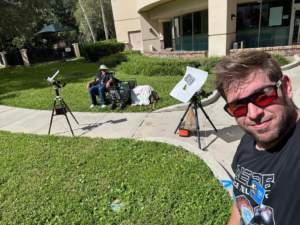
That 11-year-old boy staring at Horsehead Nebula photo would never have imagined… Decades later, he’d be capturing amazing deep-sky images from his Florida backyard! “ It was amazing to see

Hello,Sara Harvey,thanks for accepting our interview invitation. Congratulations on winning the ASIWEEK competition in week! Q1: At first, congratulation that your nice image won #ASIWEEK. Can you introduce yourself to
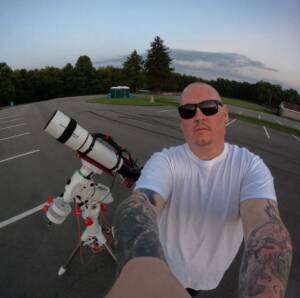
Astrophotography is more than just capturing images of the night sky—it’s a journey of discovery, patience, and creativity. For this passionate astrophotographer, what started as a chance encounter with a
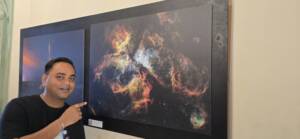
Taranjot Singh, an Indian origin Australian astrophotographer who is making waves on the international stage. Taranjot has been recognized as one of the Top 5 finalists in the prestigious Siena
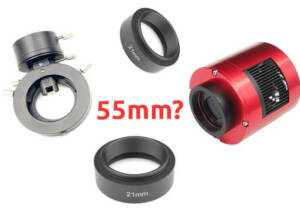
The back focal length is advised by telescope manufacturers. Since most telescopes have a 55mm back focal length, we are here to provide detailed instructions for all ASI cooled cameras.Please